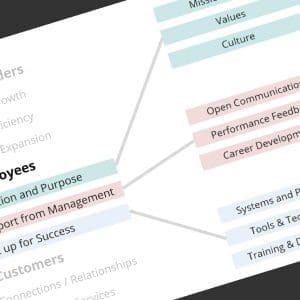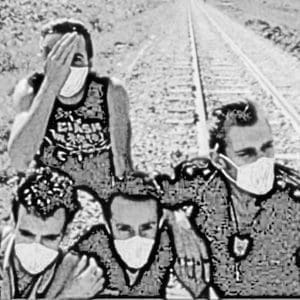This week I had to wade into the depths of a Large Project; well, actually a component of a Large Project, that was struggling a bit to find a path through the forest. Not my first time, certainly not my last, and (believe it or not) usually a pretty good time!
<aside> Ok, by “large” I mean “amazingly high profile, visible to Upper Management, involving Lots of Talented, Busy People” </aside>
<aside> Ok, by “Talented” I mean “terrific at their Regular Jobs, mostly Process Oriented, but relatively little experience with Gantt Charts, Timeboxes, Requirements (not requirements), and the Iron Triangle“. </aside>
<aside> Ok, by “Busy” I mean “already working 50+ hour weeks before Jim and his Must Finish On constraints showed up”. </aside>
The first time I ever got to do this was years ago, taking on a new internal client with an “exciting” set of three interrelated projects already in progress. (External calm usually belies a desperate internal focus on shutting up, listening intently, and getting up to speed as quickly as possible.) The project teams featured strong personalities, and in the crunch of dependent tasks and resources, part of the problem was a lack of focus during the meetings. Here I learned the value of tight meeting facilitation – control the ebb and flow, don’t cut off input, but don’t stray off target.
<aside> A bit of personal style; I learned to always start meetings like this with an apology – “I’m going to aggressively facilitate this meeting, I talk fast, and I may send of verbal and non-verbal signals that can offend your creative and professional sensibilities – so I apologize in advance“. (You know – the offhand shrug or the dismissive “yes yes yes” when you want people to stop rambling). I say this because I know from direct experience that a strong facilitator can insult a sensitive ego. However, I also say this because it’s (typically) completely unexpected, usually gets a laugh, and it gives me carte blanche to be rude. Very liberating. </aside>
Another time I took over the PM role IAPL, I remember sitting very quietly in a meeting (remember, that’s OK) waiting for the team leader to emerge. I know what happens when you take on the Driver role, and I was a bit player in the task at hand – but it was, again, a Large Project which featured a very specific deadline, as it dealt with organizational and process changes resulting from a divestiture. In retrospect, this was my first realization that this kind of PM role is quite fun; the project had precious little to do with IT, and everyone was really nervous about pulling it all off in time. Something about changing process, “we’ve never done this before”, yada … music to my ears … so I stood up, went to the white board, and laid down the Path To Deliver On Time … didn’t ask permission, just took it on, and in the end, it was just enough of a framework to get the Talented, Busy People to focus on what had to get done (and when).
<aside> I have noticed at times, in these types of projects, that team members may start to descend into a spiral of worrying and concern about what may happen if we don’t meet the deadline and/or the Requirements. I think I sensed this week that folks were talking / emailing about progress (or lack thereof), and what They might be thinking (since They felt the need to inject Yours Truly … Personally, I think there will be plenty of time to wail about who coulda done what when – after the project is delivered! </aside>
<aside> Be aware that sometimes, when the project gets all crunchy like this, some folks might get worked up about micromanagement. Part of me says I don’t care, but folks should really not worry – I (hopefully) haven’t micromanaged anyone to date, so why assume it’s going to be like all the time? Of course, another part of me says come on, we hem and haw and no one makes a decision – and then folks get surprised when the micro comes out? </aside>
For this project, the most progress (after establishing the short-term objectives and critical path) was made when I went through a technical walk-through of the stuff we have to build. Six basic filter programs, but four programmers working across two shifts, two different languages & two different databases. However, once I had the high-level data flow diagram sketched out (existing tech doc too tough to fathom – subject of another entry), we saw the light at the end of the tunnel. Of course … next we have to tackle Testing …
Yup, this is a lot of fun! Really!






This Post Has 0 Comments